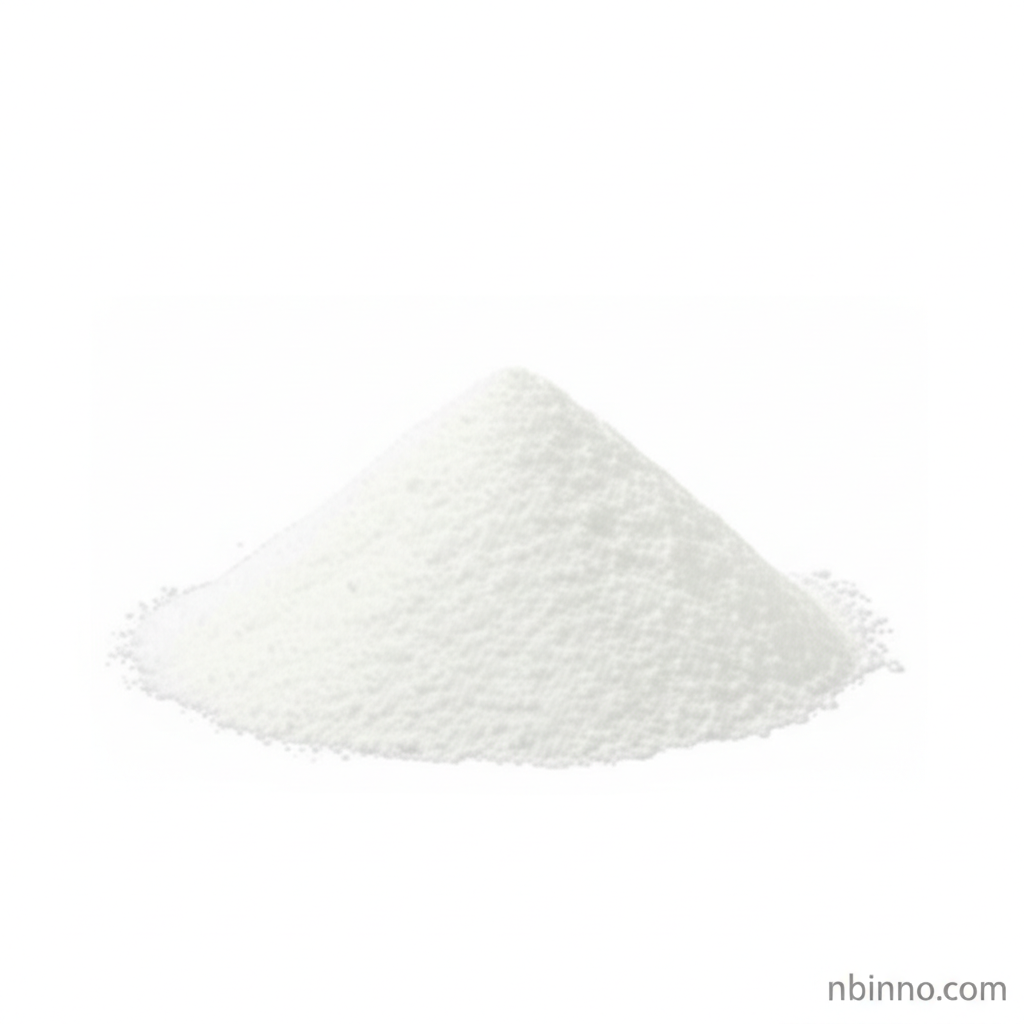Dibasic Sodium Phosphate (Na2HPO4): Properties, Applications, and Industrial Uses
Explore the essential chemical, Na2HPO4, a versatile compound with wide-ranging industrial and food applications.
Get a Quote & SampleProduct Core Value

Dibasic Sodium Phosphate Anhydrous
Dibasic Sodium Phosphate, also known as Disodium Hydrogen Phosphate or Sodium Phosphate Dibasic, is a crucial inorganic compound with the chemical formula Na2HPO4. It exists as a water-soluble white powder and serves as a versatile ingredient in numerous sectors.
- Leverage the exceptional buffering capabilities of Dibasic Sodium Phosphate for precise pH control in various chemical processes.
- Understand the key properties of Na2HPO4, including its solubility and stability, crucial for effective industrial use.
- Discover the essential role of Dibasic Sodium Phosphate in maintaining water quality and preventing scale formation in industrial systems.
- Explore how Sodium Phosphate Dibasic is utilized as a food quality improver and stabilizer across a broad spectrum of food products.
Key Advantages
Versatile pH Control
As a Dibasic Sodium Phosphate buffer agent, it effectively regulates pH levels, making it invaluable in applications requiring stable acidity or alkalinity.
Broad Industrial Utility
From textile dyeing to pigment manufacturing, the industrial applications of Na2HPO4 are extensive, providing critical functionalities.
Enhanced Food Processing
Utilize Sodium Phosphate Dibasic as a food additive to improve texture, act as an emulsifier, and enhance product stability, meeting stringent food grade dibasic sodium phosphate standards.
Key Applications
Water Treatment
Dibasic Sodium Phosphate is a vital component in industrial water treatment, primarily used to control pH and prevent calcium scale formation, ensuring system efficiency.
Food Industry
In food processing, Sodium Phosphate Dibasic acts as an emulsifier, stabilizer, and pH regulator, contributing to the quality and shelf-life of processed foods.
Industrial Processes
Its utility extends to textile dyeing as a detergent, in pigment production, and as a glaze flux, highlighting its diverse industrial applications.
Pharmaceuticals and Chemicals
Dibasic Sodium Phosphate finds use in pharmaceutical formulations and as a biochemical treatment agent, underscoring its importance in chemical manufacturing.
Related Technical Articles & Resources
Why Choose Us?
Leverage our expertise and state-of-the-art infrastructure to accelerate your journey from discovery to commercial success.
Global Experience
With 20 years of R&D, manufacturing, and sales experience, we proudly serve clients across 60 countries and regions worldwide.
Advanced Facilities
Our in-house R&D laboratory, pilot platform, and large-scale production workshop are equipped to meet the audit requirements of global customers.
Seamless Scalability
We facilitate a perfect transition from small-scale lab requirements (grams) to full commercialization (hundreds of tons).
